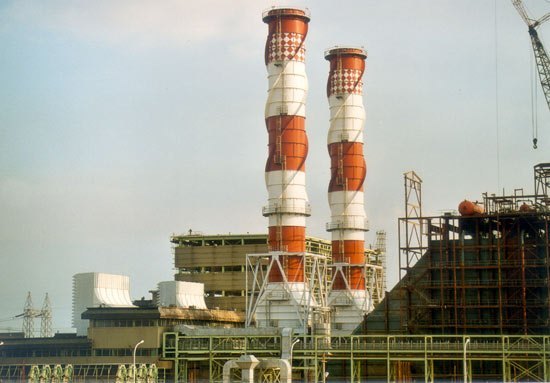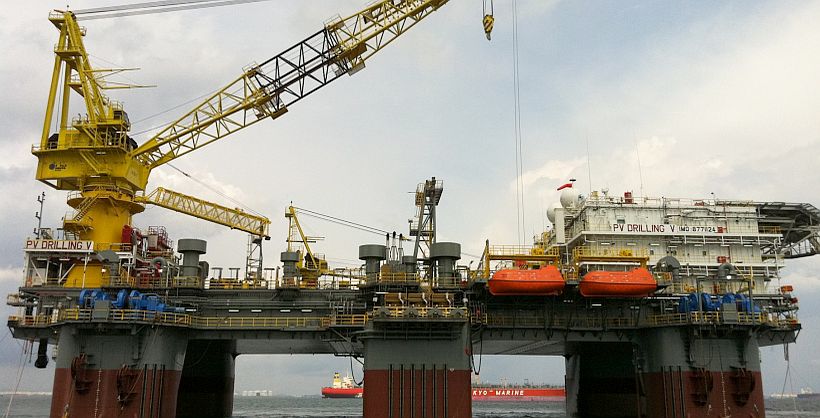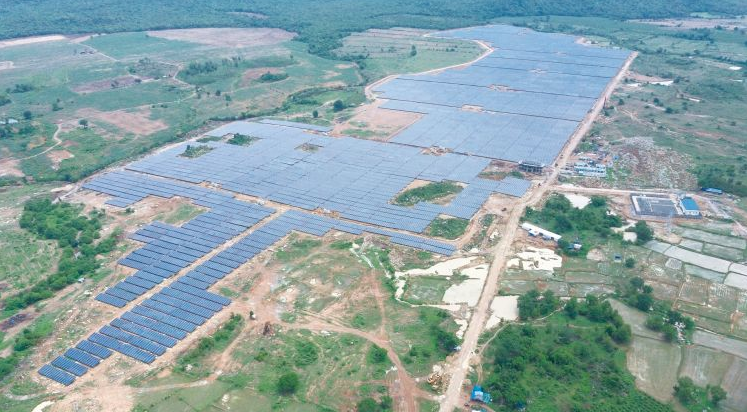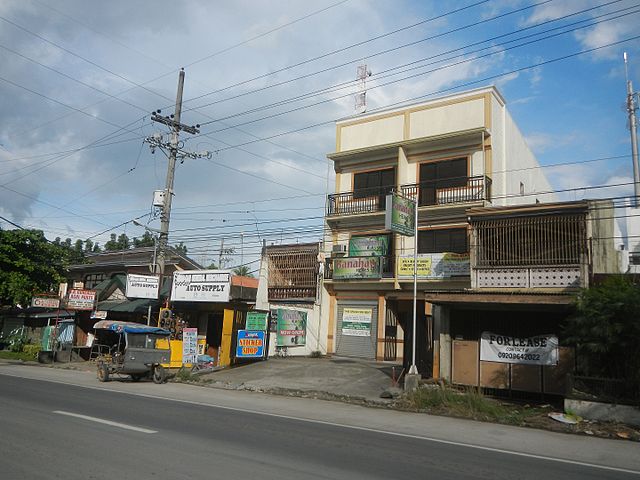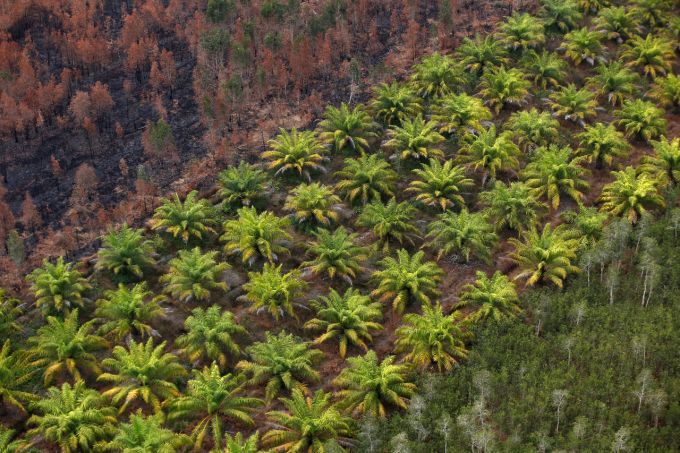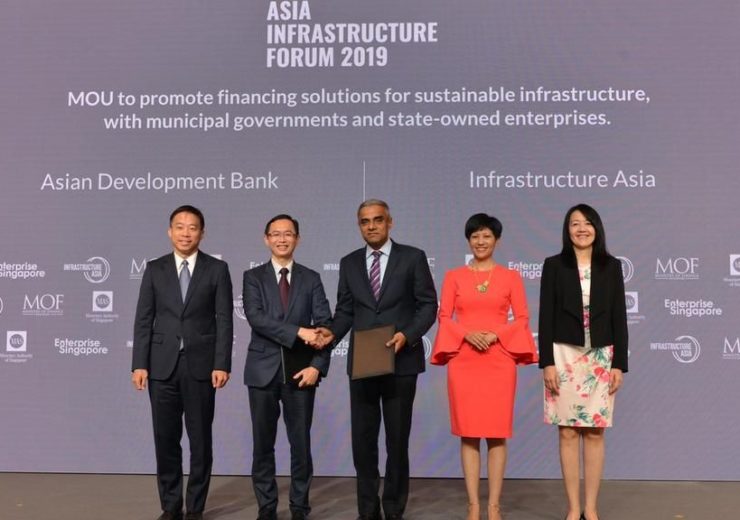[JAKARTA] Indonesia’s far from done in its campaign to squeeze more value from its abundant natural resources, and its next target could be one of the most ubiquitous commodities of all.
President Joko Widodo on Wednesday said the resources powerhouse wants to process more crude palm oil domestically, which would mean it’ll export less of the raw material used to make everything from soap to chocolate.
Fewer shipments from the world’s biggest producer is going to crimp global supply just as demand is expected to pick up, and that’s going to be bullish for prices, according to Phillip Futures in Kuala Lumpur.
“We want crude palm oil to become processed goods. Why not? Or jet fuel or cosmetics, soap,” Jokowi said in an interview with Bloomberg’s Editor-in-Chief John Micklethwait in his home town of Solo in Central Java. “The direction we’re going is we want to build a semi-processed or processed goods industry or downstream industry. No longer raw materials, we want added values.”
Jokowi’s mission to get more out of the country’s raw materials is already rattling metals markets. Earlier this year, the government brought forward a ban on exports of nickel ore by two years to January, threatening to remove hundreds of thousands of tons of the material from circulation and deepen a global deficit.
And while Jokowi, as the president is known, didn’t say he was considering a ban on shipments of crude palm oil, the prospect of more domestic processing, and potentially lower exports, is going to be felt far and wide. It’s especially going to hurt refiners in countries like India that rely heavily on shipments from Indonesia.
The country is the world’s biggest exporter of palm oil, accounting for more than half of global supply. It shipped about 34.7 million tons, or 73% of its output, abroad last year, mainly to India and China. About a third of that is in its crude, unrefined form, and the rest as processed oil.
Indonesia’s refining capacity stands at about 70 million tons per year, which means the country can comfortably refine up to 56 million tons, said Alvin Tai, an agriculture analyst at Bloomberg Intelligence.
Indonesia benefits from processing more of its trove of raw materials locally because it can make a bigger margin from exporting more refined products than the commodities in their most basic form. It’s like Saudi Arabia keeping more of its crude at home to refine into gasoline and then exporting that instead at a premium. The idea is to spur domestic investment, generating jobs and incomes for local communities.
“The move toward financing and increasing an Indonesian palm processed goods and downstream industry is in line with their commitment to increase domestic consumption,” said Marcello Cultrera, institutional sales manager at Phillip Futures in Kuala Lumpur.
The government has already said it intends to follow its ban on nickel ore exports with similar steps for other minerals such as bauxite and copper concentrate. The curbs are seen accelerating investments of $20 billion in smelters, stainless steel plants and electric battery units.
Jokowi said that part of the plan for palm oil would be to use more as an alternative to diesel in what’s known as palm-biodiesel. At the moment, the government mandates that diesel must contain 20 per cent palm-biofuel. Jokowi wants that to increase to 30 per cent and eventually to 100 per cent.
By doing so the country can reduce its reliance on imported petroleum and the impact of subsidy costs, while absorbing an excess supply of palm oil.
More broadly, Indonesia wants to follow Germany and China’s success in developing their domestic industry, Jokowi said. “We want to see how industrialization is in Germany, so can use it as an example,” he said. “We can also take a look at China. We want Indonesia to have a different type of industrialisation because Indonesia has different raw materials.”
Indonesia’s economy is projected to grow at its fastest pace in seven years in 2020, despite a deteriorating global outlook and rising risks of recession abroad. The economy is forecast to add 5.3% next year, according to assumptions approved by the Indonesian parliament last week.
One potential threat to that growth could be the massive wildfires that have been raging in parts of the country in recent weeks, causing a thick haze across Indonesia, Malaysia and Singapore, causing flight disruptions and hurting production in palm oil and rubber plantations.
The central bank last month warned that, if they persist, the fires could hurt growth as the smoke disrupts the economy and businesses. The haze also causes respiratory illness for hundreds of thousands of people, putting children and unborn babies at risk.
Indonesia is committed to improving law enforcement and management of the fires, Jokowi said. Artificial rain has helped significantly lower the number of hotspots across the archipelago, authorities say.
Jokowi said another of his priorities is to increase the use of renewable energy.
“Every year we increase renewable energy use, such as geothermal, wind power, solar power and we reduce the use of coal,” he said. “The direction we’re going is in 2025 renewable energy use will reach 26 per cent. Now it has risen and at 13 per cent, more or less. We will continue to raise use of renewable energy.”


